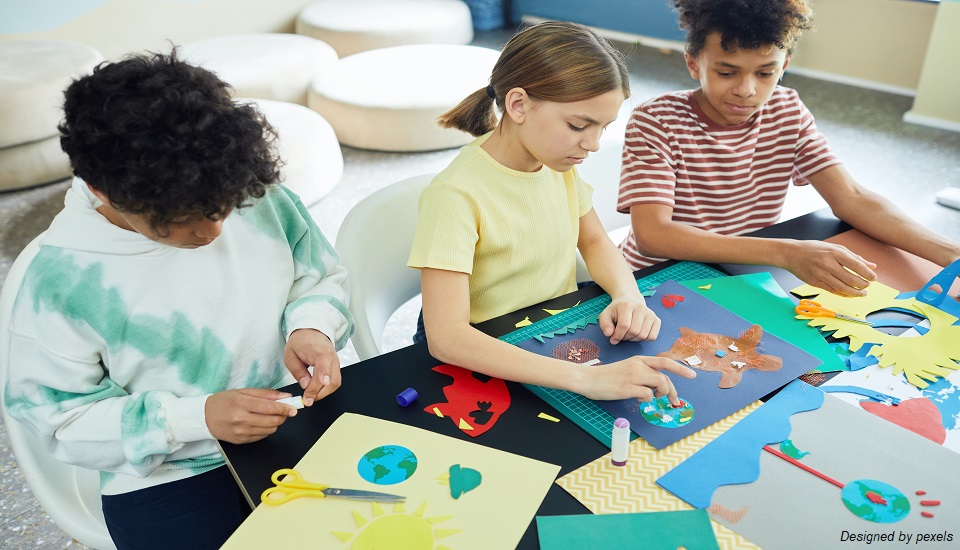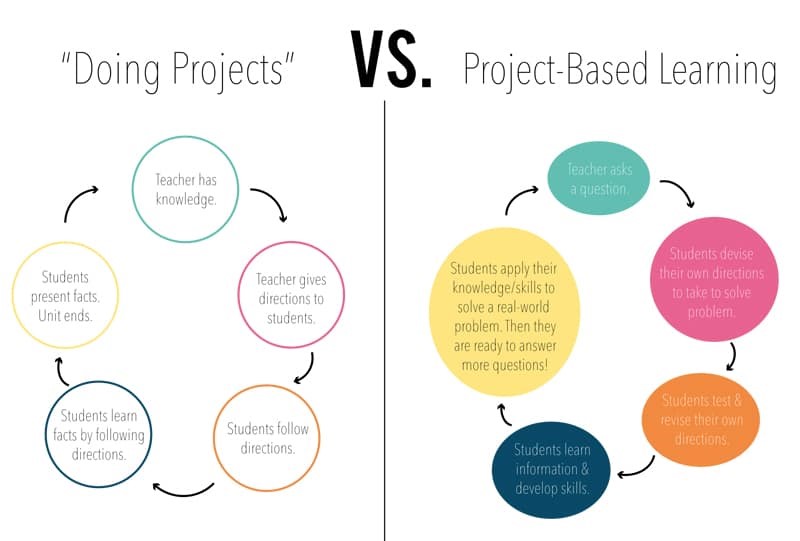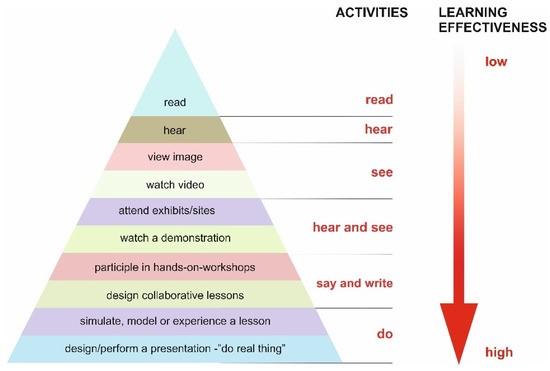
Project-Based Learning: Make Change Happen With 6 Small Steps
26th December 2022
As it goes without saying 'change is the only constant’, but, making this change happen is hard. Transitioning to project-based learning suddenly from the traditional method might give rise to hesitation and anxiety in teachers. While teachers may individually acknowledge the idea of adapting instructional methods to align with 21st-century teaching expectations, motivating the entire management to change the pedagogy is a complicated proposition.
Change cannot happen overnight and for it to be fruitful everyone from administrators to teachers and students needs to be involved. Thus, if you are not able to make the shift all at once, here are some small steps you can take to make a shift toward project-based learning.
Baby Steps To Make Project-Based Learning Work
Here are 6 ways to change the traditional learning culture:

- Analyze Your Student’s Problems
While you are trying to change the learning approach, you should first determine why students are not able to learn. In a school environment, outside the class, the students might be facing a lot of issues that remain unaddressed. So, try to analyze the problems students face in their daily lives like gender discrimination, bullying, communication, etc.
When you are putting extra effort to take it to the next level and your students realize this, you will be surprised to see the amount of authenticity you have in your class.
- Ask Students To Be Their Own Critique
When your students are studying only for grades and promotion, they are actually not learning anything and most of the time this does not produce a fruitful outcome. Instead, try to ask specific questions about their work and ask them why or why not they like their work.
Revision and critique might not come easily for all students, however, with some modeling and scaffolding they can gradually boost their critical thinking skills and get there.
- Assign Mock Interviews
To take a baby step towards the learning shift, assign homework to your students that involve a lot of research. When students can understand that research involves a lot more than just reading articles online, they will learn a great deal about scouting and processing information.
Getting your learners used to the idea that a sustained inquiry involves devouring sources beyond traditionally studied school journals, is a great step toward making them PBL-ready.
- Offer Various Communication Options
Jumping into a preferred media of communication might not be ideal for all the students present in a classroom. Thus, giving students some options and allowing them to choose which medium works for them will enable them to communicate authentically. Additionally, they will also learn about making their own choices and deciding what works for them.

Source: mdpi.com
Furthermore, giving them a medium for communication will allow them to present the tasks they have learned. It can either be a presentation, essay, short story, or skit as preferred by them. This will help them figure out the best way to present the lessons that they have learned.
- Assign Specific Ways To Reflect On Their Works
Just as limitations do not produce authentic results, too much of open-ended methods will also fall flat. This is because students will not have a chance to revisit and reflect on their work thus being unable to make changes or corrections.
Thus give them certain ways by which they can either grade or critique their own work. This will allow the students to understand your expectations and be comfortable and aligned with them.
- Make Clear Communication With Administrators
Just teachers and students alone cannot make the changes and hence administrators need to be involved. Thus, make sure to have clear communication with the management and ensure that all of you are on the same page.
Propose your new approach with enough evidence for the administrators to understand and state mandates.
To End With
Enforcing any change requires patience and involves a lot of trial and error. Thus, it is vital to collect data on the ongoing change and ruminate on how things are going to understand if everything is going fine or if some improvements are required. In case you are wondering how to make changes in a preschool then consider pursuing a diploma in early years care and education to stay aligned with the learning outcomes and objectives.
Happy Teaching!
Written By : Victoria Lewis




